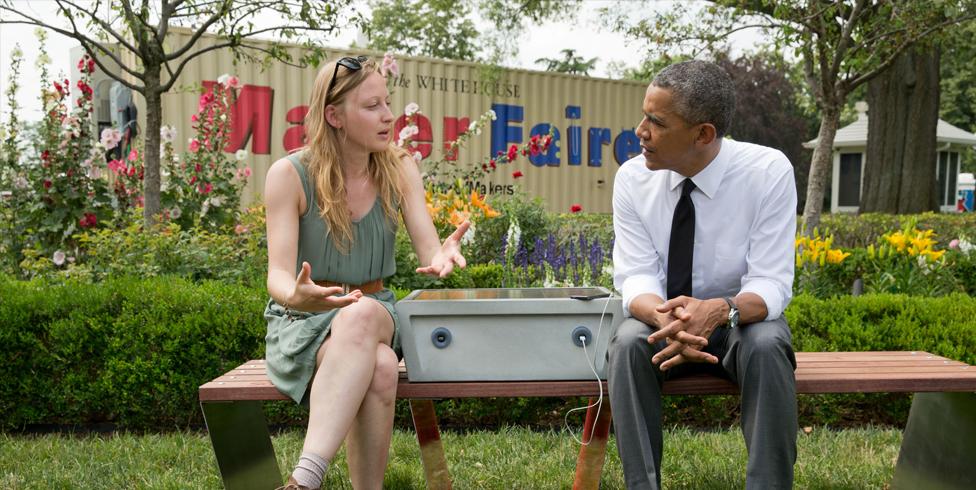 We recently did a story about Dr. Jack Beuth, a professor at Carnegie Mellon University who’s deeply involved in researching 3D printing with metal materials, and now Dr. Beuth has put together a “Top-10” list of sorts he calls What’s Hot in 3D Printing Out of Metal.
We recently did a story about Dr. Jack Beuth, a professor at Carnegie Mellon University who’s deeply involved in researching 3D printing with metal materials, and now Dr. Beuth has put together a “Top-10” list of sorts he calls What’s Hot in 3D Printing Out of Metal.
Creating the list was part of the inaugural National Maker Faire and the White House Week of Making which kicks off this week in Washington, DC.
To bring attention to those celebrations of 3D printing technology, a group of 3D printing experts at Carnegie Mellon compiled their list and even made an infographic to drive their points home.
“At Carnegie Mellon, we have many faculty working to improve 3D printing of metals, from powder properties and manufacturing outcomes to cost and public policy issues,” Dr. Beuth says. “Much of this learning is being applied to jet engine parts, but the technology is already beginning to trickle down to a wide variety of custom metal components and replacement parts.”
Dr. Beuth, a professor of mechanical engineering and director of the NextManufacturing Center at Carnegie Mellon, says his research is focused on mapping outcomes of various 3D printing processes to make them faster and cheaper when applied to various metals.
Dr. Beuth teaches Additive Manufacturing for Engineers, a course that integrates the business, design, and engineering aspects of product development as it introduces undergrads to 3D printing technologies and processes.
According to Zachary Francis, Dr. Beuth’s teaching assistant, the course instructs students about the technology as it will become vastly more important in industry as time goes by.
Francis, a Ph.D. Candidate in mechanical engineering, will be showcasing products developed and printed during the additive manufacturing courses at CMU during the National Maker Faire.
He’s part of the team of students from Carnegie Mellon’s Integrated Innovation Institute who will make a presentation at the National Maker Faire, and those showcased projects will include portable, heated homeless shelters.
This first National Maker Faire will be held at the University of the District of Columbia this weekend and it will bring inventors, tinkerers, and makers together to share their innovations and projects.
More than 215,000 people attended the two flagship Maker Faires in San Francisco and New York City last year.
Do you agree with the list put together by a team of Carnegie Mellon University professors as to what’s hot in 3D metal printing? Let us know in the Metal 3D Printing forum thread on 3DPB.com.
Subscribe to Our Email Newsletter
Stay up-to-date on all the latest news from the 3D printing industry and receive information and offers from third party vendors.
You May Also Like
Precision at the Microscale: UK Researchers Advance Medical Devices with BMF’s 3D Printing Tech
University of Nottingham researchers are using Boston Micro Fabrication‘s (BMF) 3D printing technology to develop medical devices that improve compatibility with human tissue. Funded by a UK grant, this project...
3D Printing Webinar and Event Roundup: April 21, 2024
It’s another busy week of webinars and events, starting with Hannover Messe in Germany and continuing with Metalcasting Congress, Chinaplas, TechBlick’s Innovation Festival, and more. Stratasys continues its advanced training...
3D Printing Webinar and Event Roundup: March 17, 2024
It’s another busy week of webinars and events, including SALMED 2024 and AM Forum in Berlin. Stratasys continues its in-person training and is offering two webinars, ASTM is holding a...
3D Printed Micro Antenna is 15% Smaller and 6X Lighter
Horizon Microtechnologies has achieved success in creating a high-frequency D-Band horn antenna through micro 3D printing. However, this achievement did not rely solely on 3D printing; it involved a combination...
































